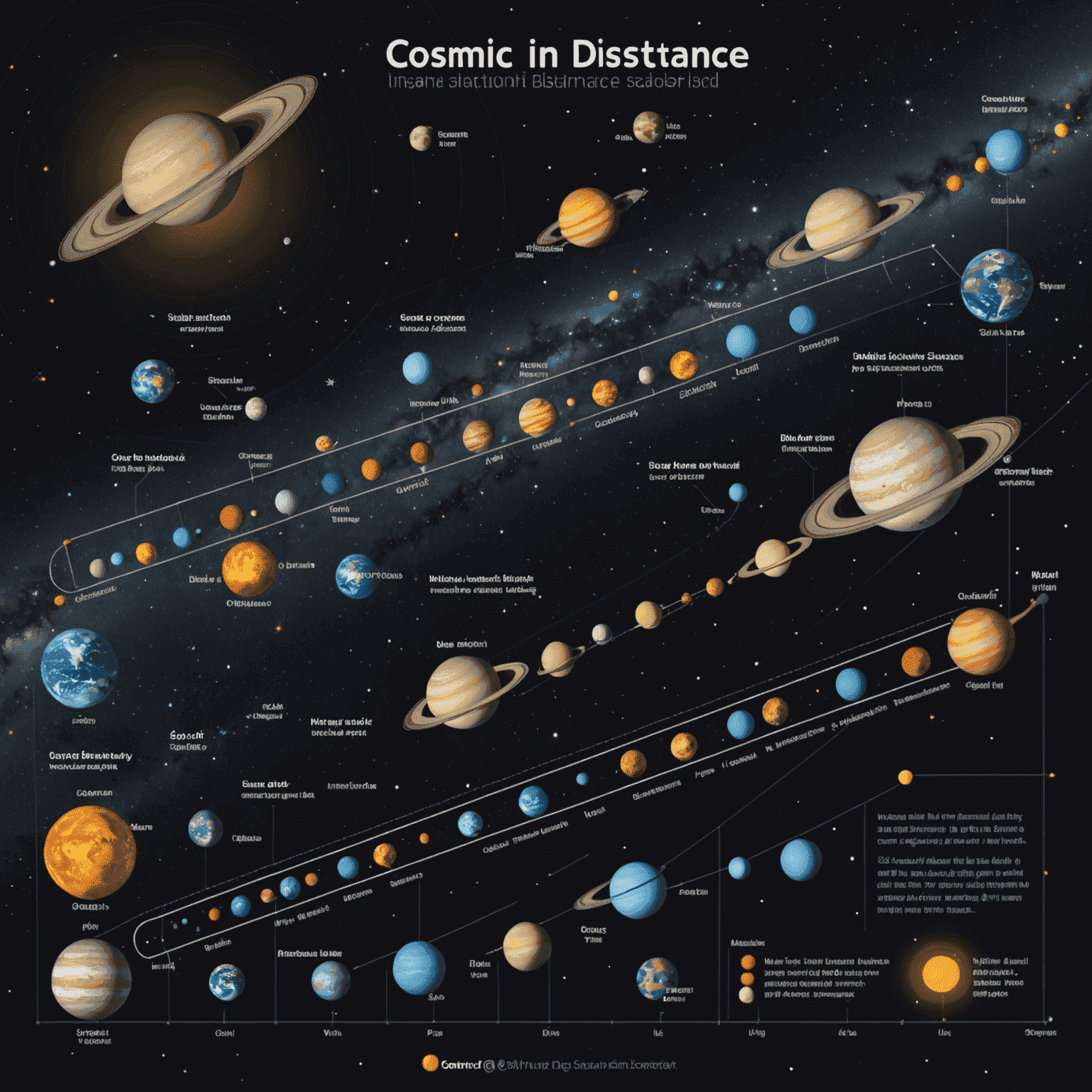Beyond Parsecs: Other Units of Astronomical Distance

In the vast expanse of space, astronomers employ various units to measure cosmic distances. While the parsec reigns as a fundamental unit in astronomical measurements, it's crucial to understand its counterparts and their specific applications. This article delves into a comparative analysis of parsecs with other prominentminent units of astronomical distance.
Parsec: The Baseline
A parsec, short for parallax second, is defined as the distance at which one astronomical unit (AU) subtends an angle of one arcsecond. It's equivalent to about 3.26 light-years or 3.086 × 10^13 kilometers. Parsecs are particularly useful for stellar distances within our galaxy.
Light-Year: The Intuitive Unit
A light-year, the distance light travels in one year, is apapproximatelyximately 9.46 × 10^12 kilometers. While more intuitive for the general public, astronomers often prefer parsecs for their direct relation to stellar parallax measurements.
Astronomical Unit (AU): Solar System Scale
An AU is the average distance between Earth and the Sun, about 149.6 million kilometers. It's primarily used for measurements within our solar system, where parsecs would be impractically large.

Kiloparsec: Galactic Distances
For larger cosmic scales, such as galactic distances, astronomers often use kiloparsecs (kpc). One kiloparsec equals 1,000 parsecs, making it suitable for describing distances within and between galaxies.
When and Why Different Units are Preferred
- Parsecs: Preferred for stellar distances and professionalfessional astronomical work due to its direct relation to parallax measurements.
- Light-Years: Often used in popular science communication due to its intuitive nature.
- Astronomical Units: Ideal for describing distances within our solar system.
- Kiloparsecs: Used for galactic and intergalactic distance measurements.
Understanding these units and their applications is crucial for comprehending the scale of our universe. While parsecs remain a cornerstone in astronomical measurements, the choice of unit often depends on the context and scale of the cosmic distances being discussed.
